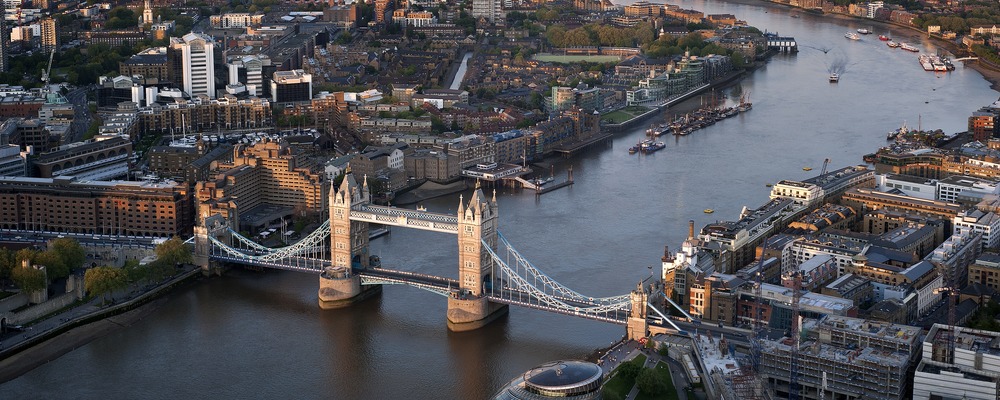
Key Takeaways
- Hedges: Provide habitats for various species.
- Wildlife Highways: Include holes in walls and fences.
- Biodiverse Roofs: Support native plants.
- Verges: Feature diverse grasses, wildflowers, shrubs, and trees.
- Sustainable Drainage: Rain gardens attract wildlife.
- Living close to nature improves mood and wellbeing.
- Access to spaces rich in wildlife enhances quality of life.
What’s the problem? And how can the way we build homes help solve it?
Over the years, wildlife in the UK has come under increasing pressure. A report by the RSPB reveals that since the 1970s, the abundance and distribution of many wildlife species in the UK has fallen by 58%.1Recognising that protecting and encouraging biodiversity should be a top priority, housebuilders like Barratt London are taking action – putting the short-term and future success of wildlife at the heart of the planning and building process by:
- Giving wildlife a safe environment in which to thrive
- Retaining existing natural features and habitats wherever possible
- Rewilding areas
How can we make biodiversity a top priority?
The Government has set a target of building 300,000 new homes in England each year. With that initiative gathering pace, the need to protect and enhance biodiversity is greater than ever. Barratt London is committed to creating high quality homes and communities that people love living in. Recently named Sustainable Housebuilder of the Year 2021*, this recognises our ambition to be a leading sustainable housebuilder. To us, that means creating great homes and great places that are designed and built for better living now and in the future. *Awarded to Barratt Developments PLC Group which includes brands Barratt Homes, David Wilson Homes and Barratt London.
What makes a new development wildlife-friendly?
In a Barratt London development you might see a variety of green features designed to nurture a healthy natural environment:
- Hedges – a great habitat for many different species
- Wildlife highways including carefully placed holes in walls and fences
- Biodiverse roofs that help plants that are native to the site
- Verges with a wide variety of grasses, wildflowers, shrubs and trees
- Sustainable and effective drainage
- Rain gardens to absorb water and attract a wider range of wildlife
What are the benefits to homeowners?
It’s often said that living amongst nature is good for people’s physical and mental wellbeing and for creating healthy, happy communities. The facts bear that out.
A survey by the Mental Health Foundation found that 65% of UK adults say that being close to nature improves their mood.2 And according to an RSPB/YouGov survey, 87% felt that living closer to spaces rich in wildlife and nature would be an advantage.3
So, in addition to protecting the environment, creating biodiverse developments can have a hugely positive impact on people’s day-to-day lives.

What can you do to encourage wildlife?
Did you know that even a small balcony can be turned into a wildlife haven positively buzzing with activity? Here are four simple ways to make your outside space a happy place for nature:
- Grow plants that provide pollen and nectar for bees and insects. Jasmine, lavender and honeysuckle are great choices. The RHS has a list of other options – find out more here.
- Avoid using harmful pesticides and chemicals that could be picked up by bees and transferred back to their hives.
- Like us, bees need water to survive, but they can easily drown in bird baths and ponds. So make a bee-friendly waterer by lining a dish with marbles or pebbles and then adding water.
- Moths are attracted to both evening primrose and buddleia. Growing a selection of herbs like thyme and rosemary is also a great idea. Essential for cooking, they also provide shelter for bugs and beetles.
Helping you find a development that makes space for wildlife
Across the capital, Barratt London is creating new developments that offer you the all benefits of modern open-plan living, the attractions of the city and a welcoming environment for a rich and varied range of wildlife. Find the right one where you’ll feel home.
1State of Nature Report, RSPB, 2019
(chrome-extension://efaidnbmnnnibpcajpcglclefindmkaj/https://nbn.org.uk/wp-content/uploads/2019/09/State-of-Nature-2019-UK-full-report.pdf)
2Mental Health Awareness Week Survey, Mental Health Foundation, April 2021
3Recovering Together report, RSPB, May 2020.


